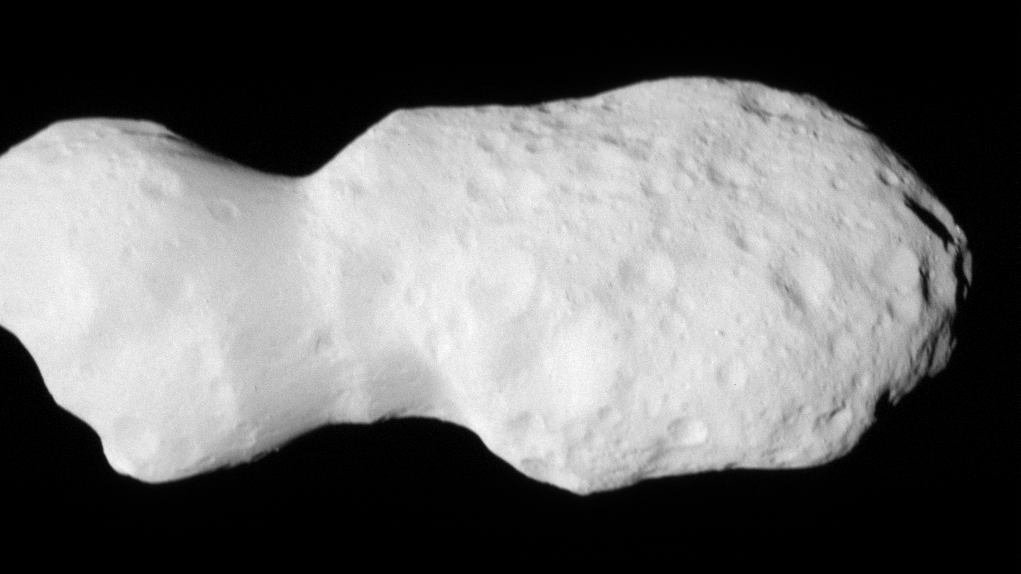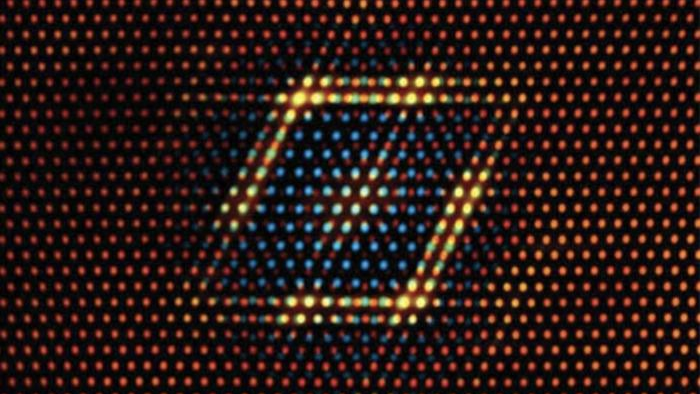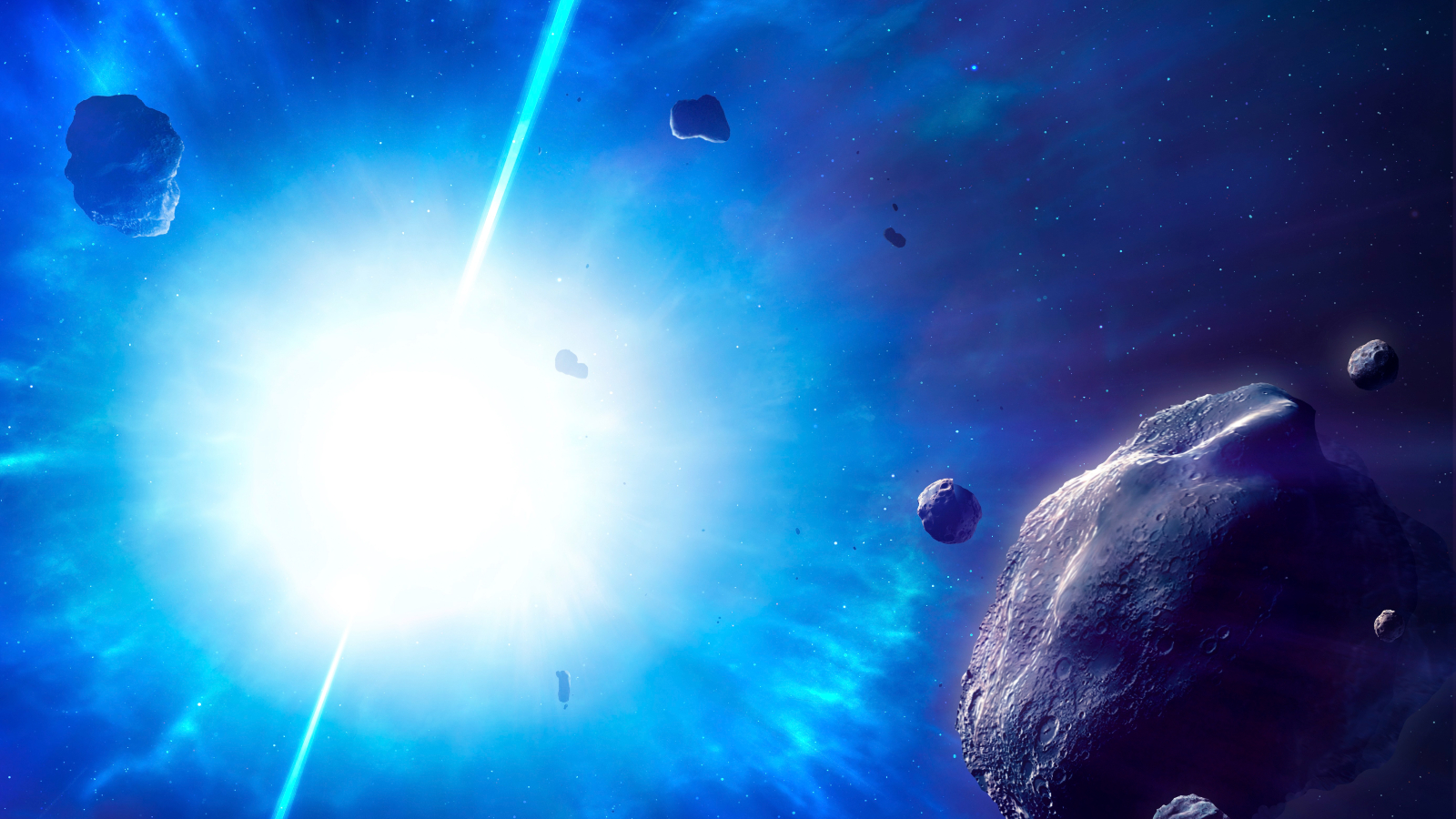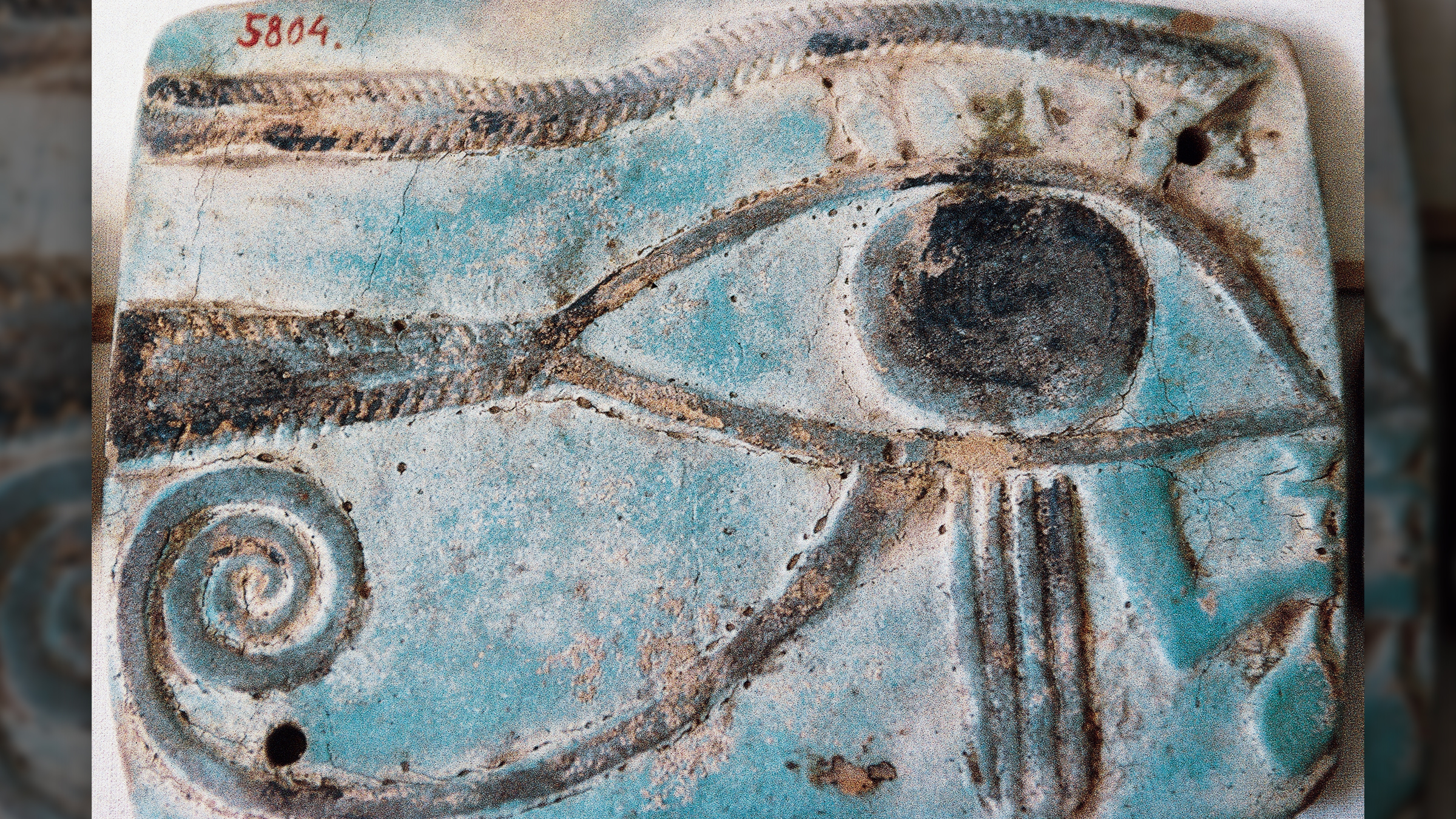Saturn will disappear behind the moon for skywatchers in Europe on Saturday. Here's how to see it.
One of the last easily visible lunar occultations of Saturn until 2037 will occur on Jan. 4.
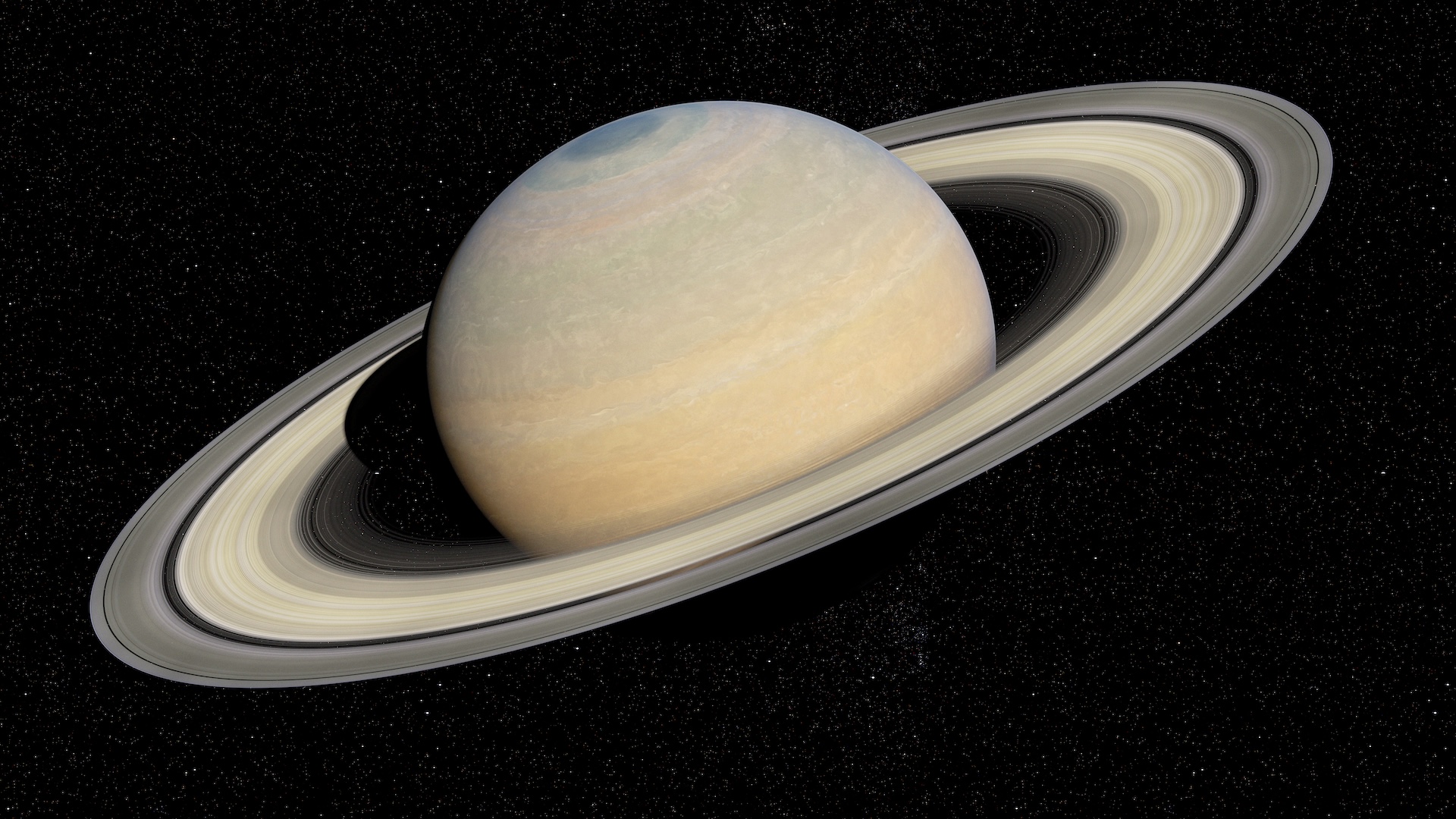
Get your binoculars out! On Saturday (Jan. 4), skywatchers in the U.K. and most of Western and Central Europe will be able to see Saturn vanish behind the crescent moon — an event known as a lunar occultation. There are only two lunar occultations of Saturn in 2025, so you won't want to miss this stunning event.
To get the best viewing experience, choose a location that's away from artificial light and allow about half an hour for your eyes to adjust to the dark.
Saturn is very bright, so you can easily view it with your naked eyes. However, it's best to use a pair of good binoculars or a backyard telescope so you can see Saturn as it grazes the edge of the moon. Binoculars or a telescope will allow you to see the moon's craters in sharp relief, and you'll even be able to spot Saturn's rings and moons.
On Jan. 4, the moon will be a waxing crescent, about 19% illuminated. The moon and Saturn will be close together all night, so they will rise and set around the same time. The rise and set times will vary slightly depending on your location. You can use apps like Stellarium or sites like Time and Date to see when the moon and the planets will rise and set in your exact location.
Saturn will vanish behind the unilluminated part of the moon around 5:15 p.m. GMT, and will emerge from behind the illuminated part of the moon around 6:30 p.m. GMT. However, these times will vary depending on your precise location. You can enter your location in the sidebar on In-the-Sky, which will tell you a more precise time.
The lunar occultation of Saturn will be visible throughout the U.K. and most of Western and Central Europe, as well as in parts of Northern Europe and Northern Africa. This map shows the countries where this lunar occultation will be visible.
Although the lunar occultation of Saturn won't be visible across the globe, you will still be able to see the conjunction of the moon and Saturn if you miss the lunar occultation. Look for Saturn and the moon in the southwestern sky. The moon will be about 30 degrees above the horizon.
Sign up for the Live Science daily newsletter now
Get the world’s most fascinating discoveries delivered straight to your inbox.
The next lunar occultation will be in February; it will be visible from extreme northern latitudes, parts of Russia and eastern Asia. After that, the next easily visible lunar occultation of Saturn will be in 2037.

Gretchen Rundorff is an astronomy enthusiast who is passionate about science communication and empowering people to learn about the night sky. She has seen multiple meteor showers, has seen a partial solar eclipse in 2016, has photographed the 2024 total solar eclipse, and has used telescopes to view planets and star clusters. Gretchen holds a bachelor’s degree in philosophy and French from the University of Pittsburgh, and a graduate-level certificate in copyediting from the University of California San Diego.



